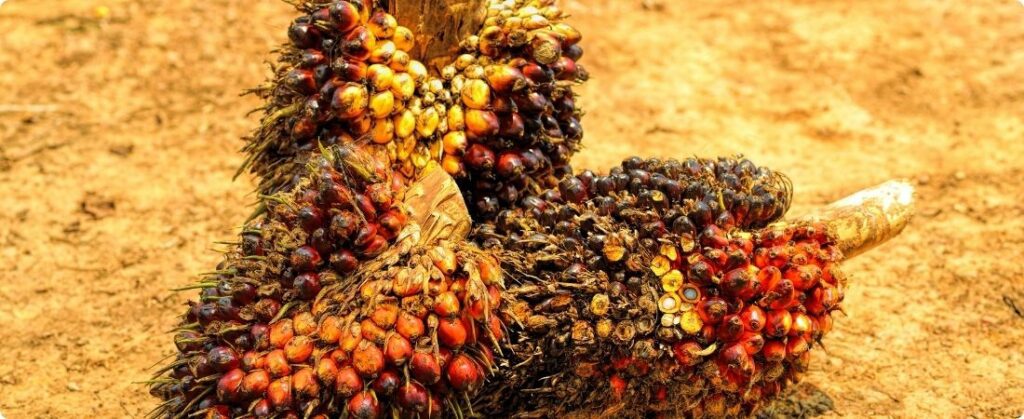
The recovery of production Palm oil and reduced imports by price-sensitive consumers are expected to put downward pressure on prices. This will result in a lower premium for tropical oil relative to its competitors. Nevertheless, Indonesia, the leading producer, will continue to increase biodiesel production.
Palm oil benchmark futures rose 20% in 2024, hitting a two-year high. However, it has already lost market share. Major importers such as India are switching to cheaper alternatives such as soybean and sunflower oils.
In recent months, flooding has caused supply disruptions to major producers Indonesia and Malaysia, prompting traders to trade palm oil at an unusual premium to other oils.
However, palm oil stocks could start to rise in the coming months as demand wanes, industry officials and analysts said at a conference in Kuala Lumpur this week.
“I expect inventories to continue to rise if demand does not recover at these prices,” said Thomas Mielke, chief executive of Hamburg-based forecasting firm Oil World.
Destruction of demand and increased production
High palm oil prices have prompted buyers to switch to soybean oil. As a result, this could result in a buildup of inventories as production starts to pick up, Mielke said.
In addition, India’s palm oil imports in the 2024/25 marketing year, which ends in October 2025, could fall to 7.5 million tonnes. If true, that would be the lowest in the last five years, said Sanjeev Asthana, president of the Solvent Extractors Association of India (SEA).
Meanwhile, “the decline in production in Indonesia is over; the recovery period has begun. After Ramadan, I expect a significant increase in production,” said analyst Dorab Mistry.
Given this scenario, a recovery in production and lower demand could push prices lower. Palm oil is expected to trade between 3,600 ringgit and 4,100 ringgit (US$$814.5 and US$$927.6) per tonne in the April-November period, Mistry said.
Falling premium and exports at risk
Palm oil’s premium over soybean oil is already narrowing. This week, it hit $1.50 per tonne in India, compared with more than $1.00 a month ago.
Indonesia's crude palm oil production is expected to rise to 50 million tonnes by 2025, up from 48.16 million tonnes a year ago. Malaysia's output is expected to grow marginally to 19.5 million tonnes, analysts said.
Despite the increase in output, exports of the oil in 2025 are expected to fall by 7.3% from the previous year to 27.35 million tonnes. This is because Jakarta is expanding biodiesel production, said Fadhil Hasan of the Indonesian Palm Oil Association.
Indonesia expects to fully implement its B40 biodiesel program next month after delays earlier in the year. The move is aimed at reducing dependence on imported diesel.
Indonesia's use of palm oil for biodiesel in 2025 is expected to rise to 13.6 million tonnes, up from 11.44 million tonnes the previous year, Fadhil said.
“The increased demand for biodiesel is reducing the surplus for exports and this trend will continue,” he said.
Source: Rajendra Jadhav, Ashley Tang and Naveen Thukral | Notícias Agrícolas















